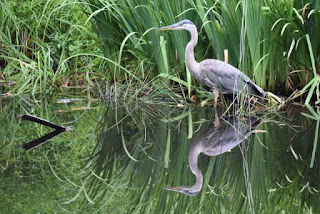Carbon footprint- by – Naseem Sheikh
In easy words, “the total amount of greenhouse gases produced to directly and indirectly support human activities, usually expressed in equivalent tons of carbon dioxide (CO2).” This accounting approach compares how much people demand compared to what the planet can renew. The main influences on carbon footprints include population, economic output, and energy and carbon intensity of the economy. In most cases, the total carbon footprint cannot be exactly calculated because of inadequate knowledge of and data about the complex interactions between contributing processes, including the influence of natural processes that store or release carbon dioxide. For this reason, Wright, Kemp, and Williams, have suggested to define the carbon footprint as: “A measure of the total amount of carbon dioxide (CO2) and methane (CH4) emissions of a defined population, system or activity, considering all relevant sources, sinks and storage within the spatial and temporal boundary of the populatio...





